History Of Comics
Treasury Editions and Large Format Comics
by Joshua H. Stulman
Superman vs Spider-Man, Muhammad Ali vs Superman, Batman vs Hulk… if you ever wanted to read earth shattering stories like these then you need to get Treasury Edition comics!
Treasury Edition (from Marvel) and Limited Collector Editions (from DC) were large format tabloid sized comics that measured 10″x14.” The large format instantly stood out at the Newsstand (when comics were still sold at newsstands) and required special placement by magazines due to their size. This was an ingenious way to get them in front of parents stopping by for their newspaper. The tabloid size meant they couldn’t fit in a regular comic rack, and their bright large covers were perfect entice the nostalgia of their inner child. Even later on as vintage books in comic stores, the Treasury Editions always commanded special attention on the comic wall.
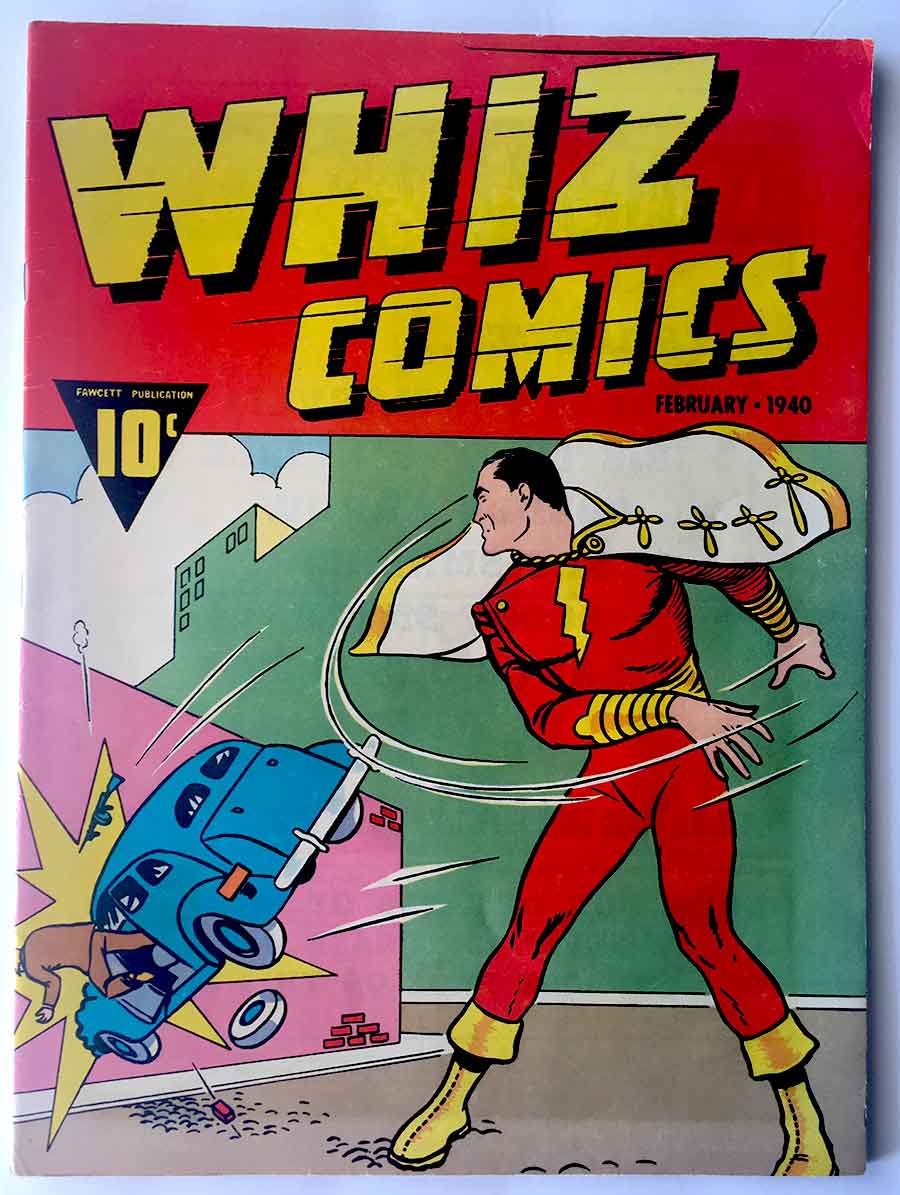
The concept was the brainchild of Sol Harrison at DC Comics, who pioneered the format as a marketing strategy in 1972 with Rudolph the Red Nosed Reindeer. The book was successful and DC introduced the Limited Collectors’ Edition line. In 1974, nostalgia interest in the “Golden Age” of comics was reaching a peak and so DC introduced a line, “Famous 1st Editions.” These were exact reprints of the original golden age premiers of Batman, Superman, Wonder Woman, Captain Marvel and more. These book were exact reproductions down to the original advertising and legal indicia- just at a large size.
Not to be outdone by the competition, Marvel Comics introduced their line of tabloid size comics with Marvel Treasury Editions beginning in 1974 with The Spectacular Spider-Man. Just like the DC counterparts, the Marvel Treasury Editions were reprints of famous stories from the 1960’s. These include the debut of the Sinister Six, The Galactus Saga, The Thor and Hercules battle and more. The reprint strategy was an ingenious way to maximize profits by re-using material that had already been paid for thereby lowering the cost of production. It also was a way for Marvel to capitalize on the popular artwork of Steve Ditko and Jack Kirby, who at the time no longer worked for the company.
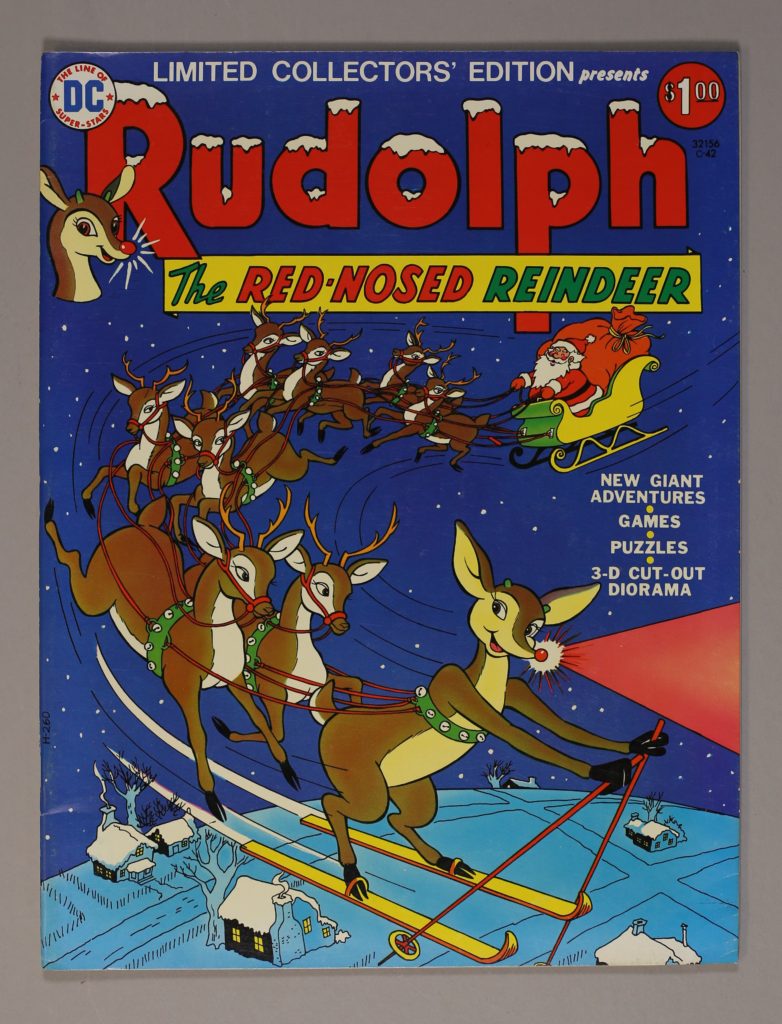
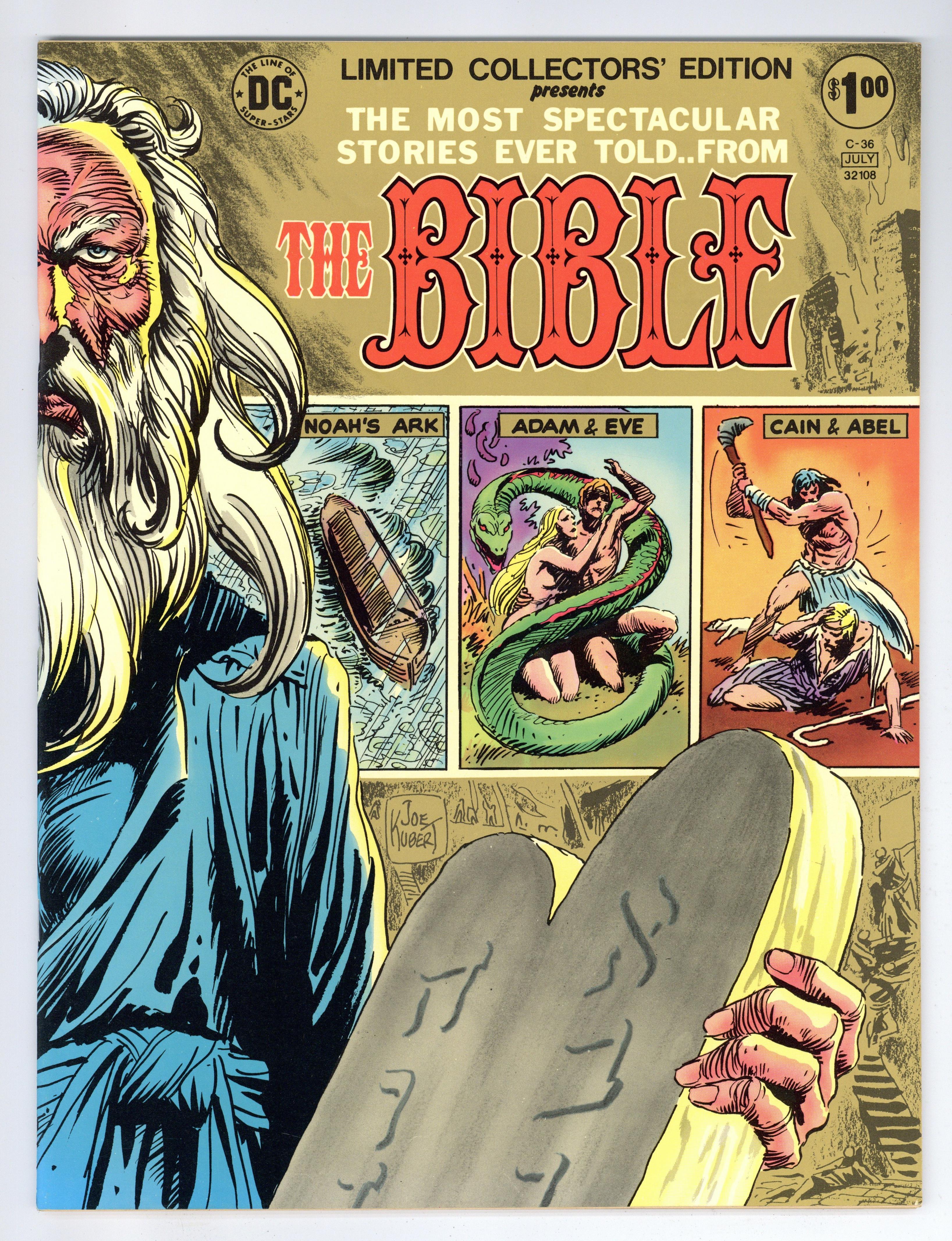
To help establish themselves from Marvel, DC began introducing original material into their tabloid editions, including fact pages, activities and back cover standee cut-outs. While original material was usually created for the Christmas themed books, DC also began producing all new artwork for the tabloid editions and bumped the cover price to $2.00 vs Marvel’s $1.50. One of the first tabloids produced with entirely original material was an adaption of “The Bible” by Sheldon Mayer, which largely explored the religiously neutral Book of Genesis. Mayer also developed plans to adapt “The Wizard of Oz,” but when it was discovered that Marvel had similarly contracted plans to release their own version, the two companies collaborated for the first time in history to jointly produce and distribute the comic book.
With some of the legal and financial work already done, DC and Marvel began talks on an all original story that would finally see the meeting of DC’s Superman and Marvel’s Spider-Man! Dubbed the Battle of the Century, the 1975 tabloid comic was over 90 pages and involved an all star cast of comic creators adding their touch to the book. This included input by Stan Lee and Carmine Infantino, as well as art touch ups by Neal Adams and John Romita. Roy Thomas, Marv Wolfman, and E.Nelson Bridewell were brought on as consulting editors. Gerry Conway and Ross Andru were chosen to present the tale, as Ross Andru had already drawn the characters for both companies and was familiar with both company’s house art styles. The story featured an initial battle between the two comic greats, and a follow up team up against the villains Lex Luthor and Doctor Octopus. Most memorable, of course, is the cover to the book, which went through several versions before finding the right balance between the two heroes atop the Empire State Building.
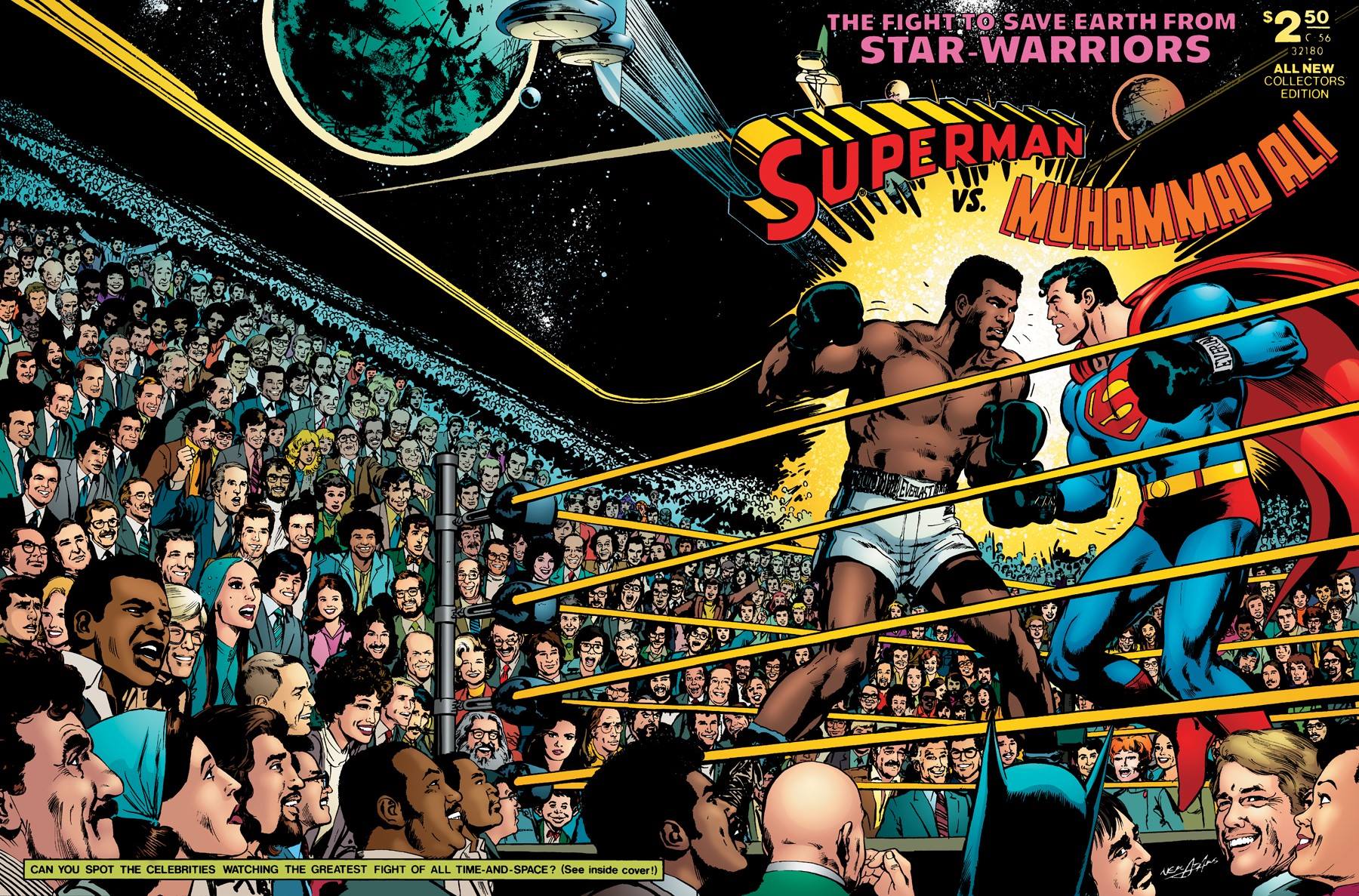
After the release of the DC/Marvel team up, DC began to commission new stories and art for their tabloid line renamed “All New Limited Collectors’ Edition.” These included momentous battles like Wonder Woman vs Superman, Captain Marvel vs Superman, and of course the famous Muhammad Ali vs Superman by Neal Adams and Dennis O’Neil.
Marvel also began to produce new material for their Treasury Editions beyond new cover/back cover artwork. With the return of Jack Kirby to Marvel in 1976, Kirby was tasked with writing and artwork for Marvel’s Bicentennial celebration named “Captain America’s Bicentennial Battles.” This was an 84 page epic that saw Captain America time travel through American history. Jack Kirby was also chosen to adapt the Stanley Kubrick film, “2001: A Space Odyssey.”
DC’s venture into tabloid sized comics ended by the late 1970’s, while Marvel continued to produce Treasury Editions into the early 1980’s. Most of these were based on licensed properties and film adaptions including, Star Wars, Battlestar Galactica, Smurfs, G.I. Joe and more.
DC and Marvel joined forces once again in 1981 to produce two more Tabloid sized team ups; Superman and the Amazing Spider-Man from Marvel as Treasury Edition # 28, and Batman vs the Incredible Hulk in DC Comics Special # 27.
The Tabloid size format ceased in the early 1980’s but was an important marketing strategy that among other factors, helped the Comic industry survive the shrinking economy of the 1970’s and helped build a collecting market and hobby that lead to a comic boom in the 1980’s.
CHECK OUT OUR SELECTION OF TREASURY EDITION COMICS: CLICK HERE
Joshua H. Stulman
Owner, BrooklynComicShop.com


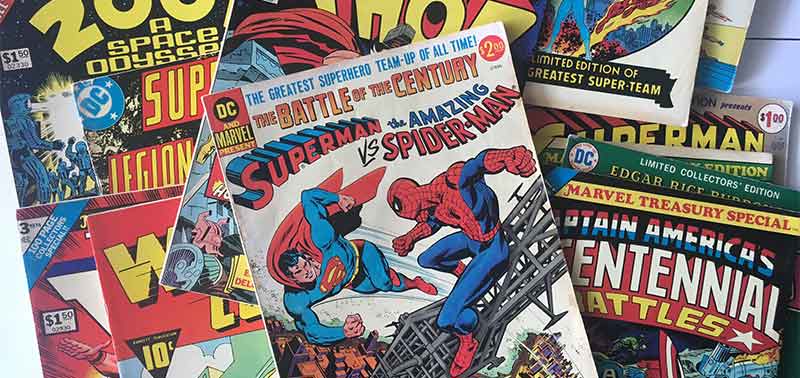
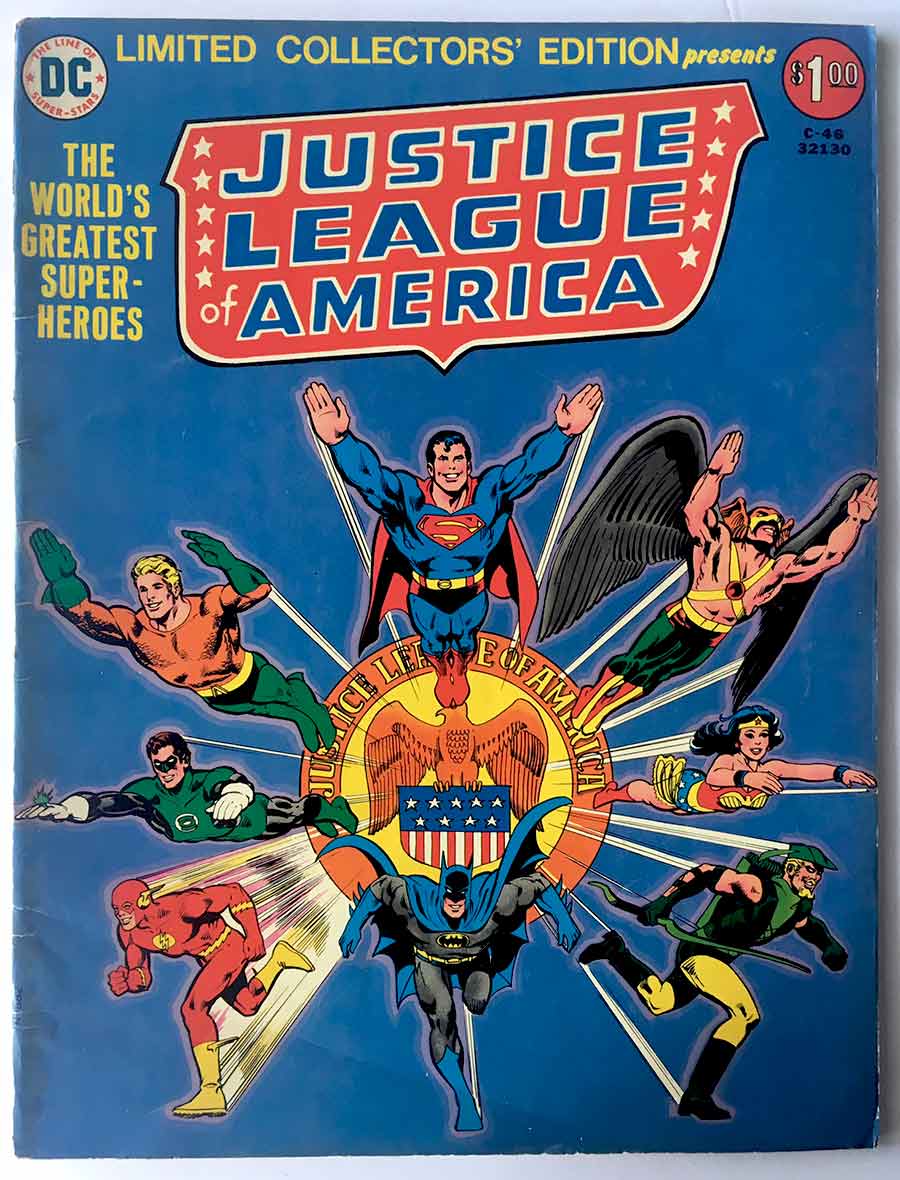
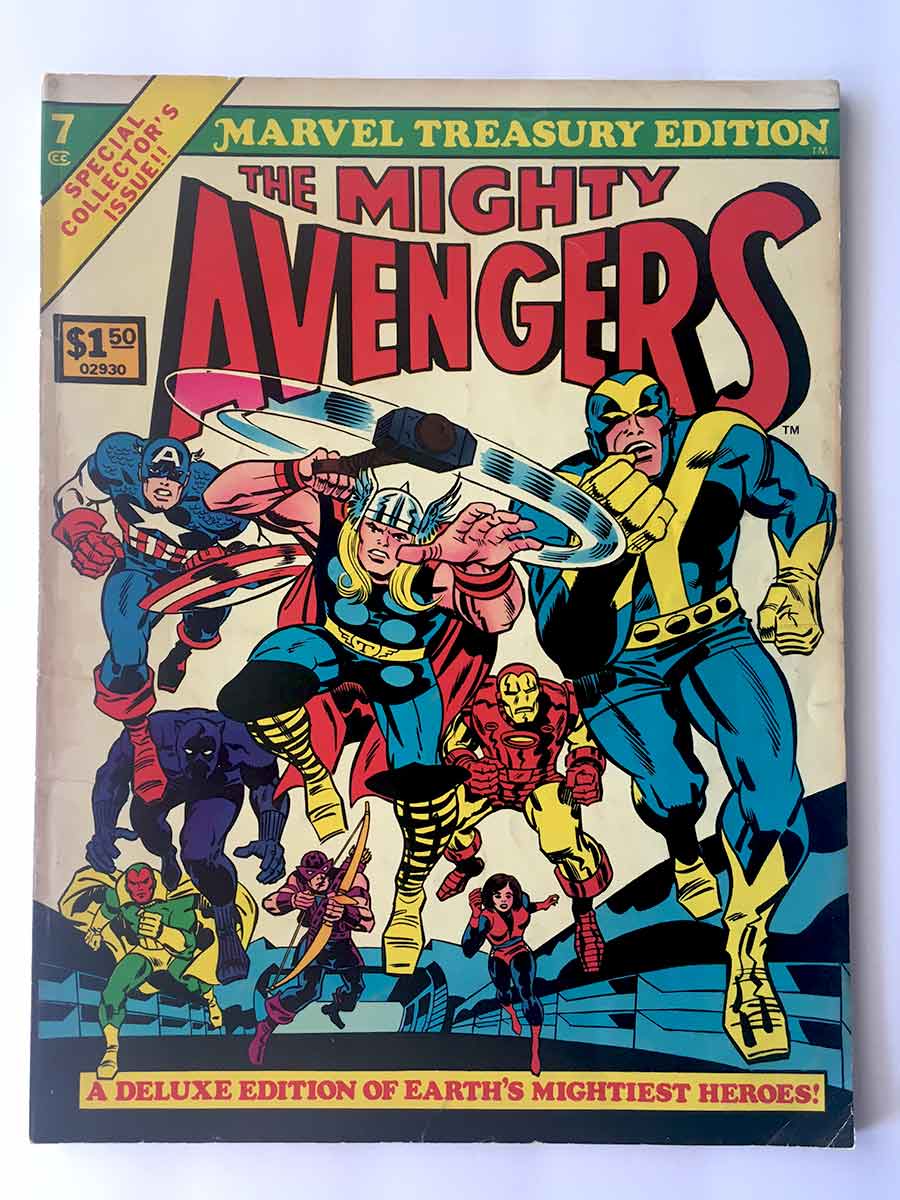
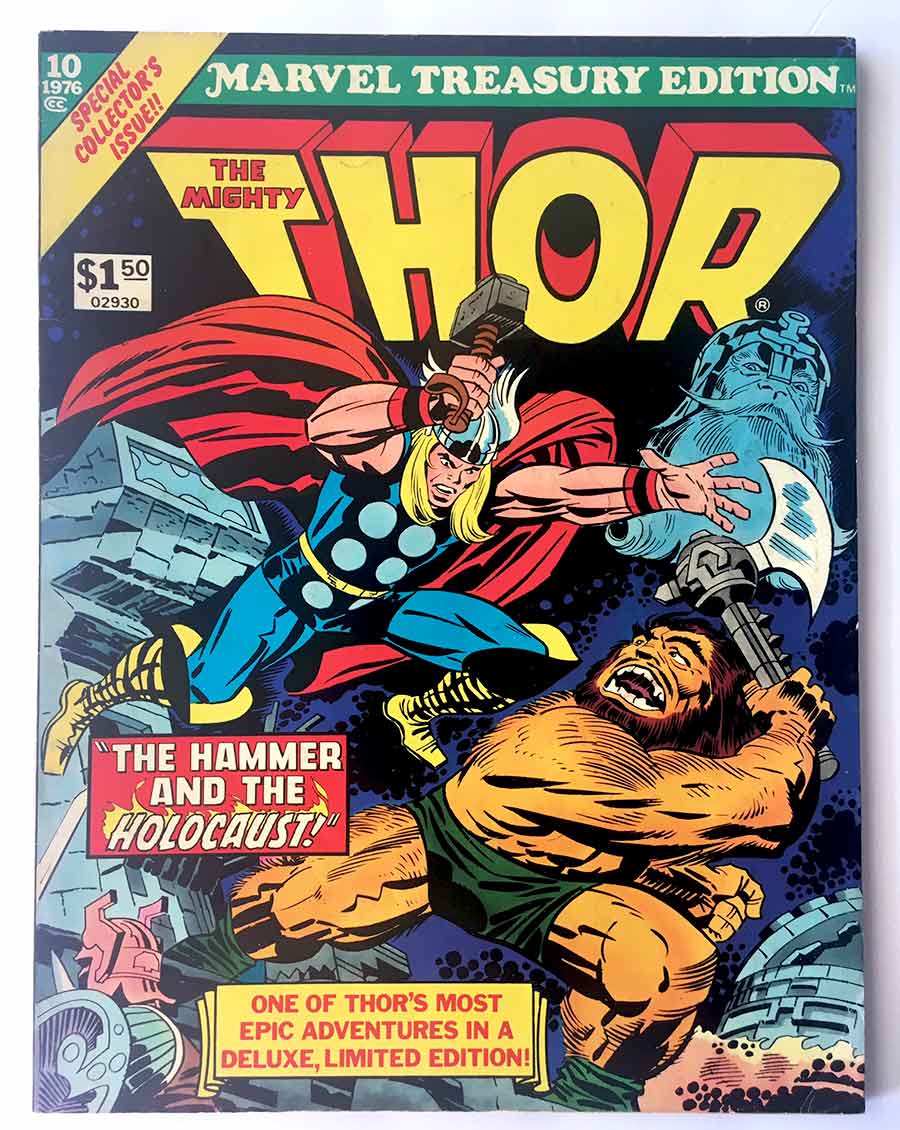
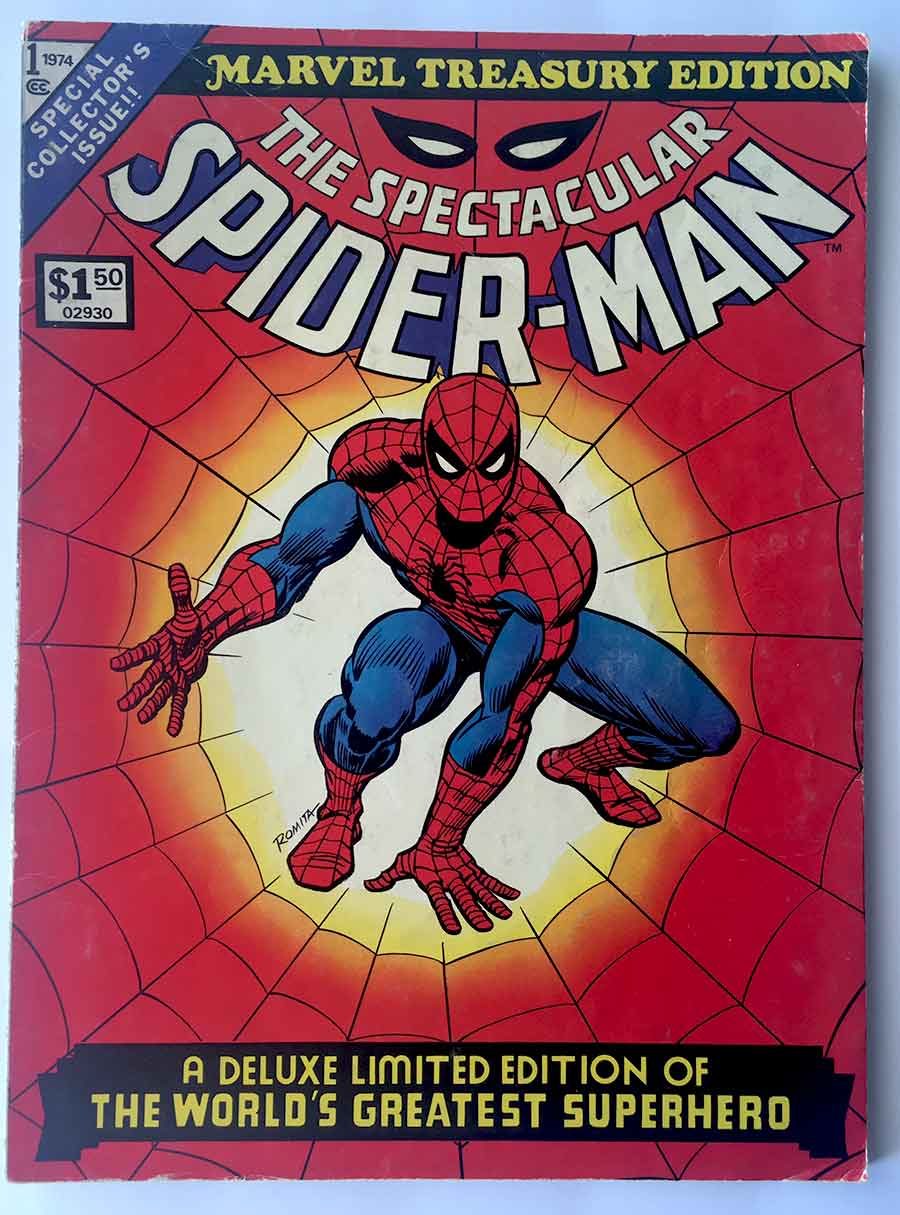
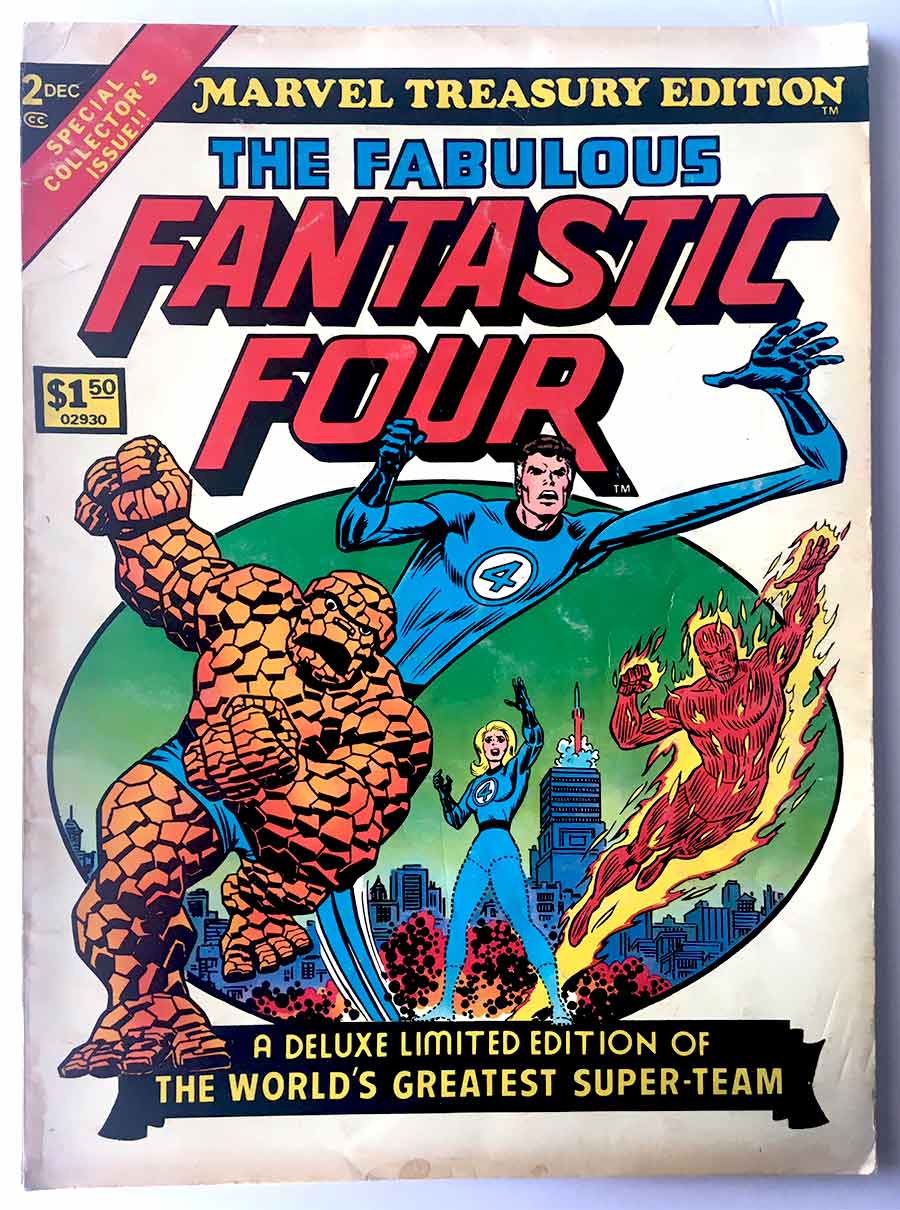
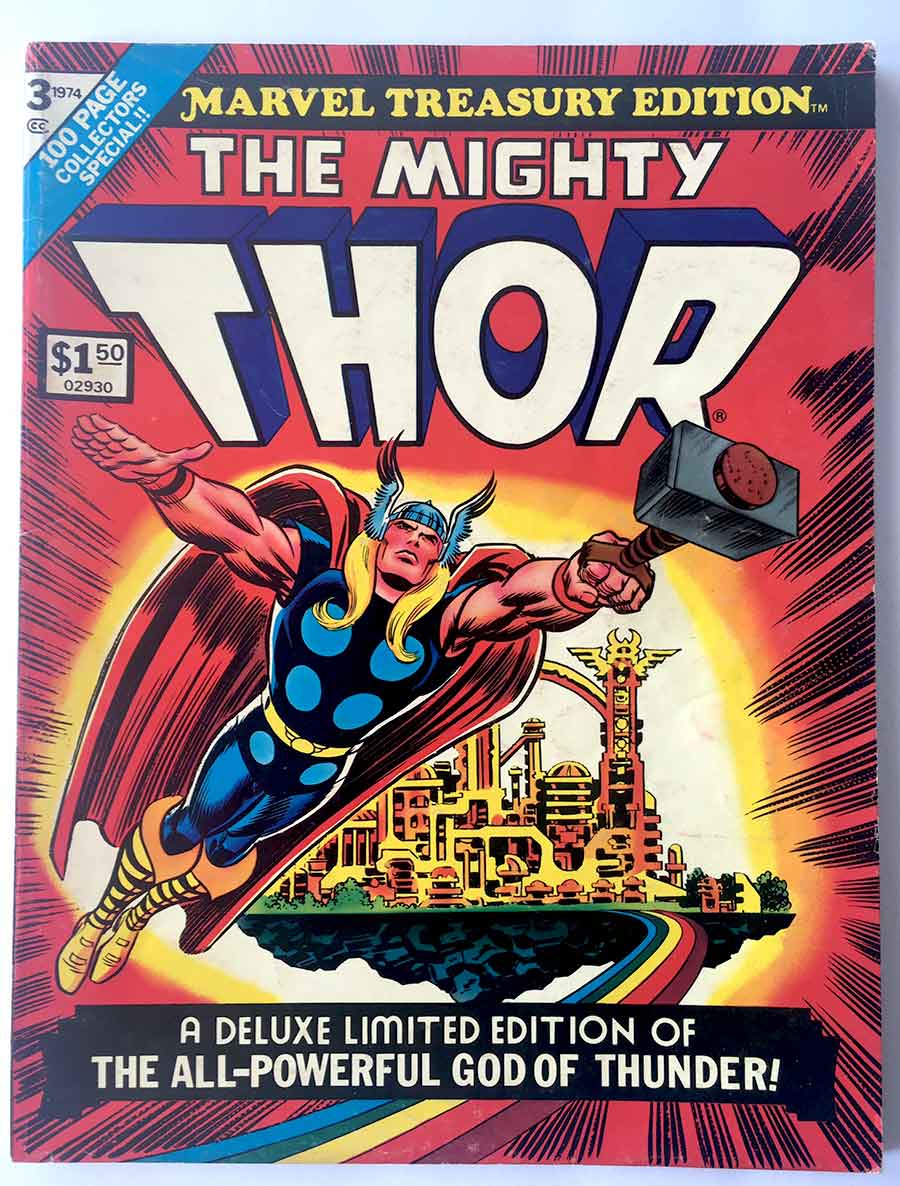
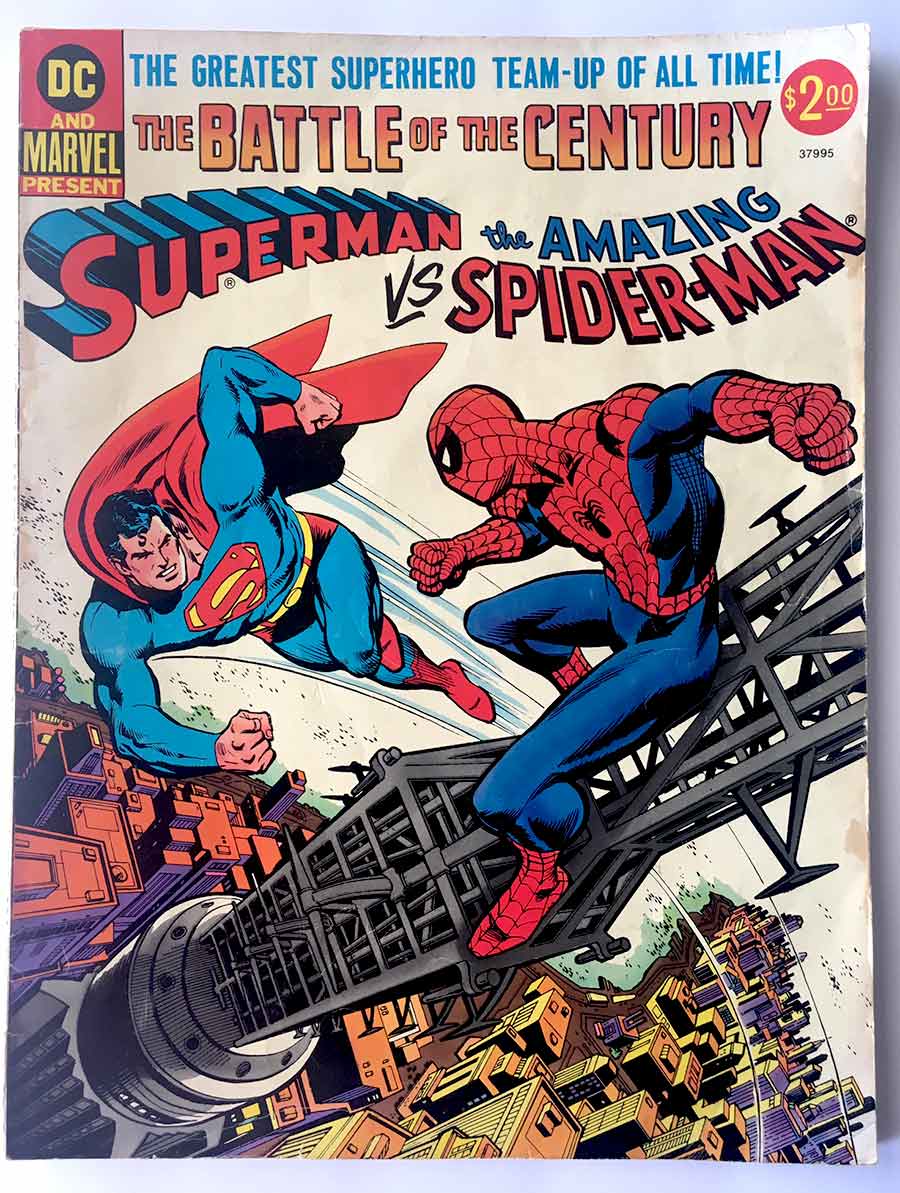
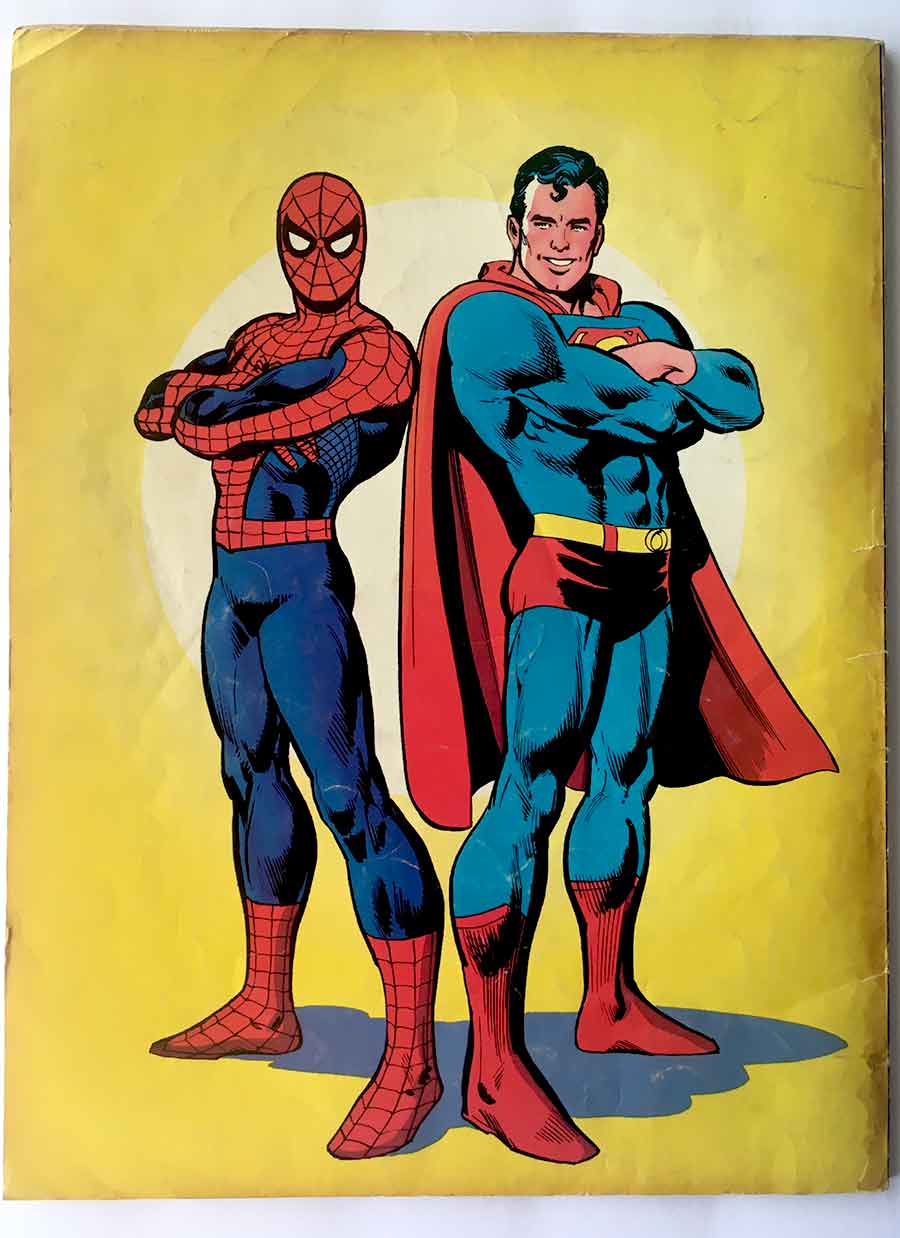
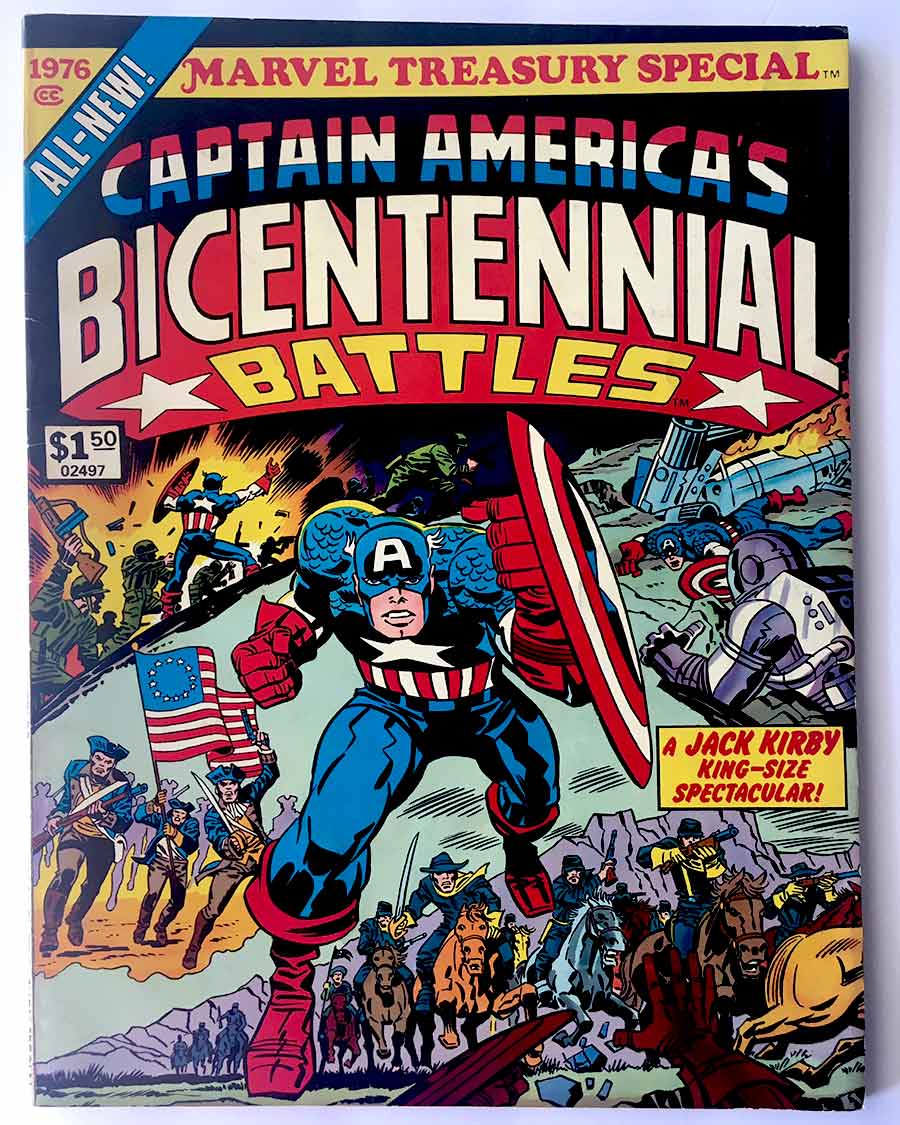
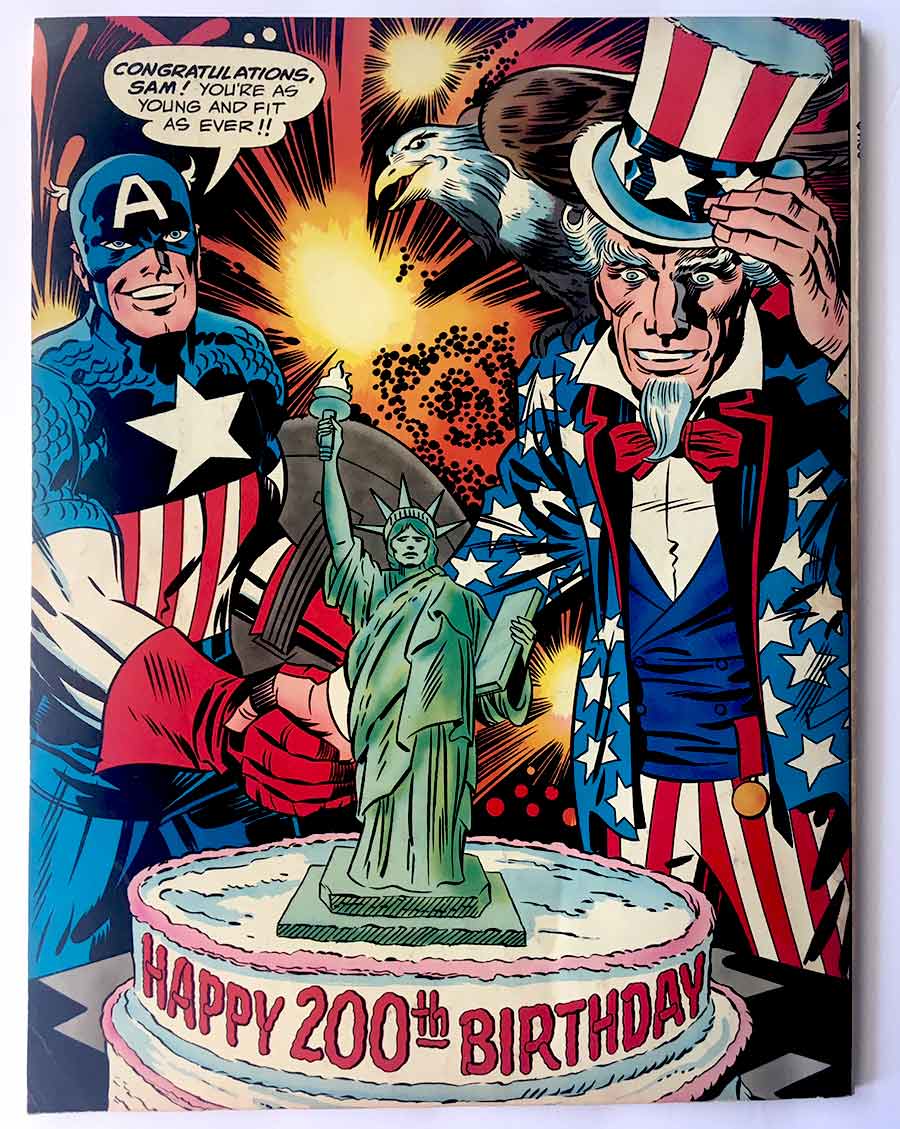
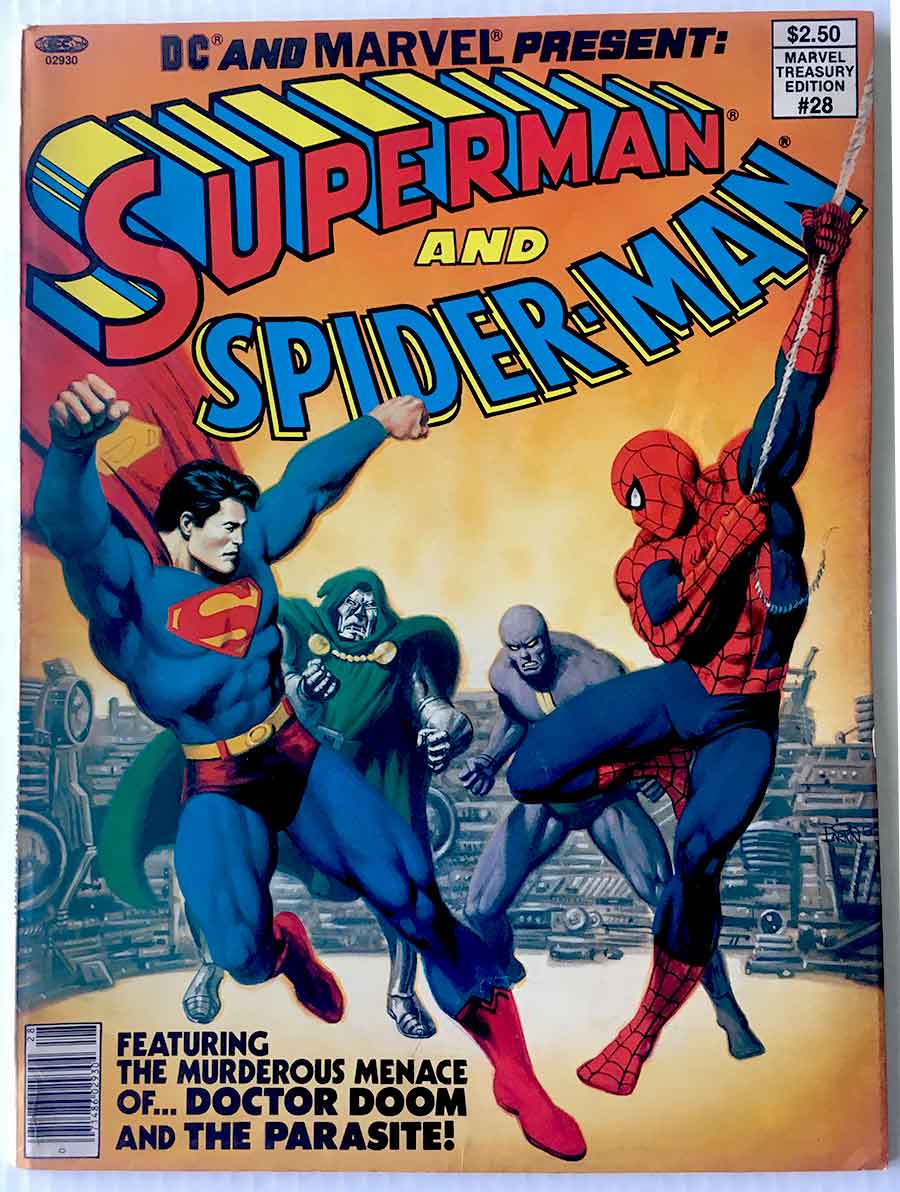
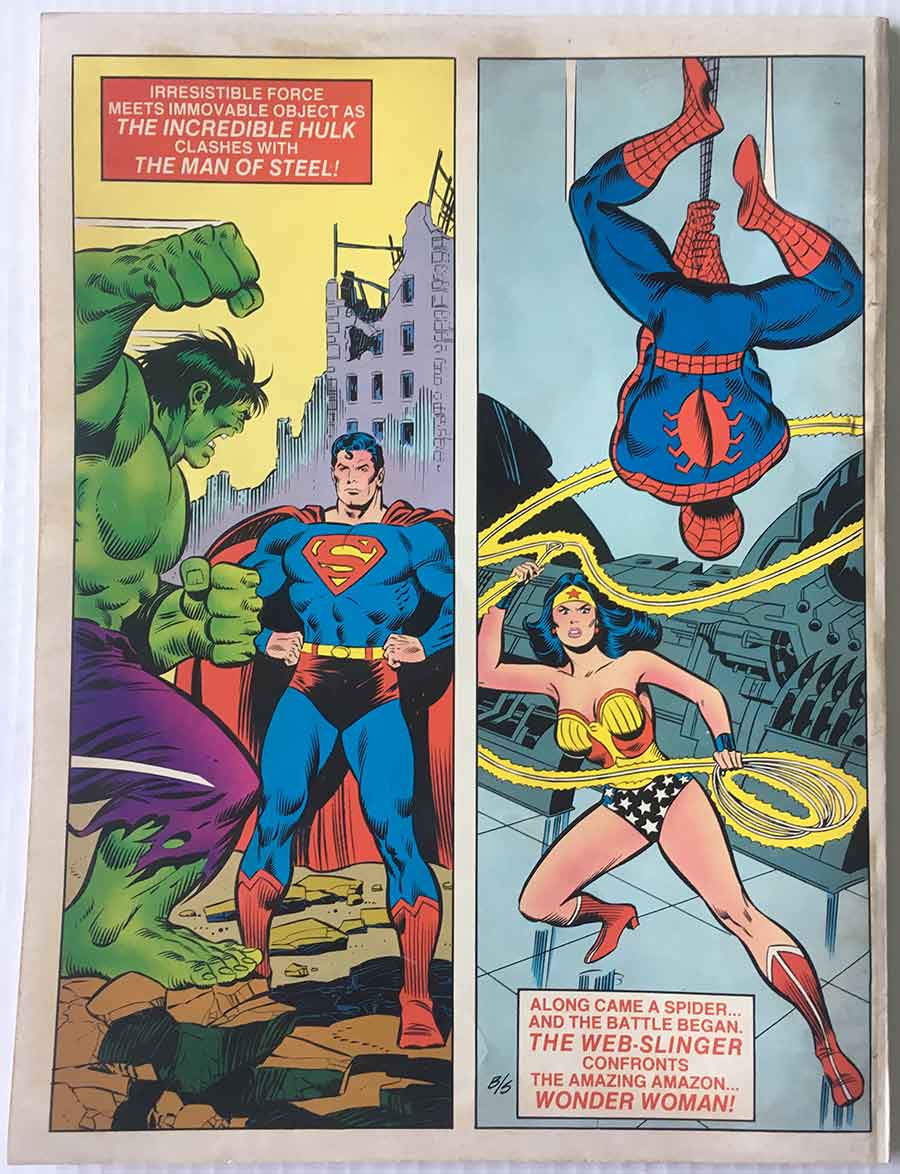








Leave a reply